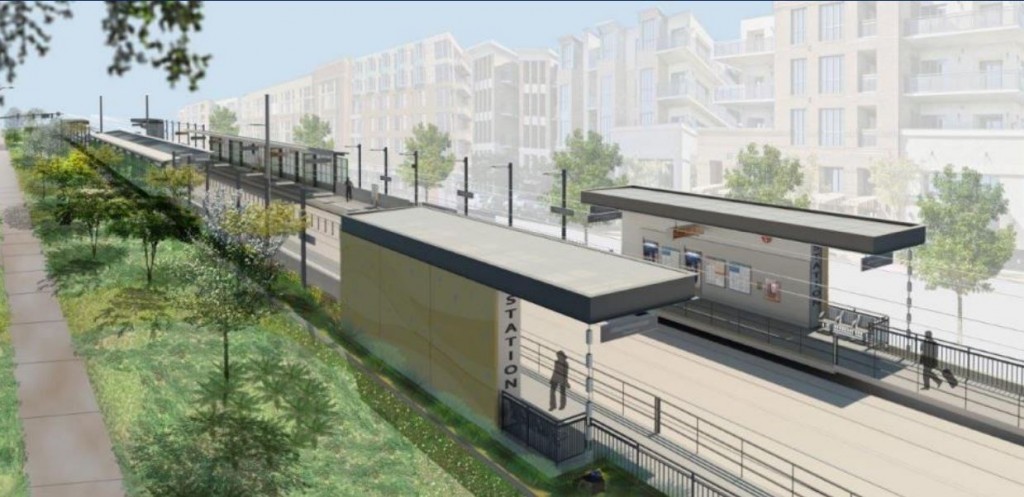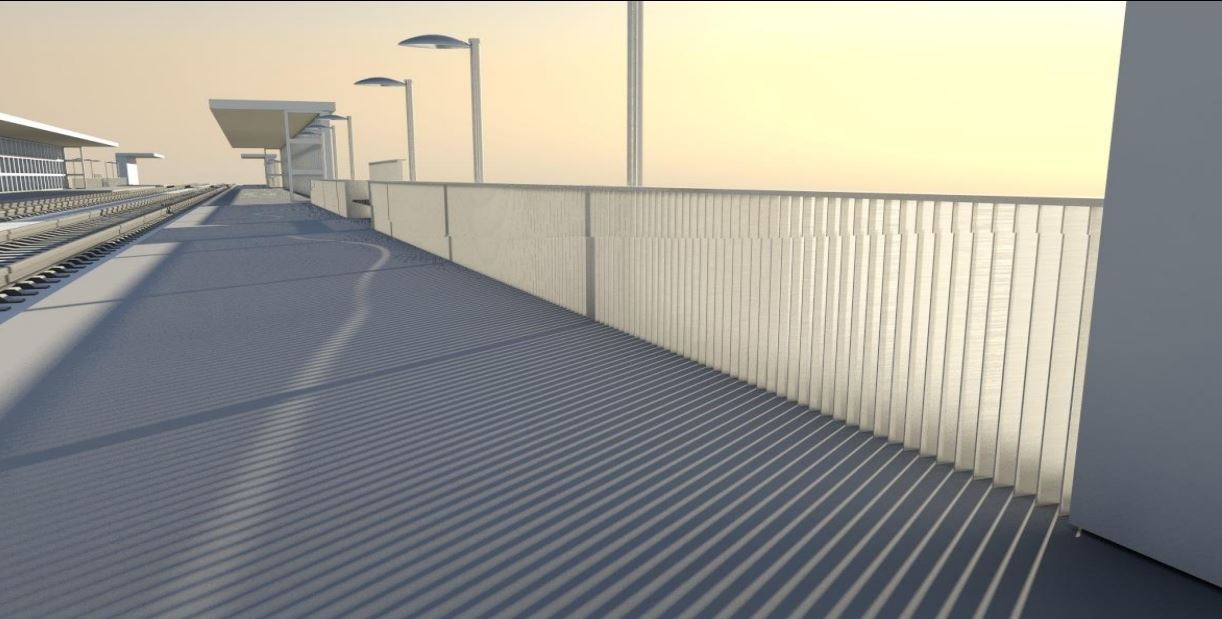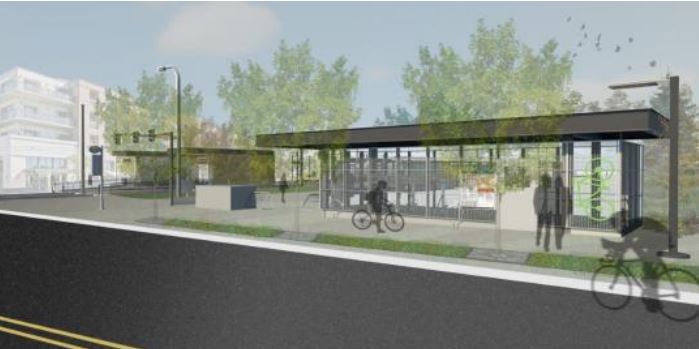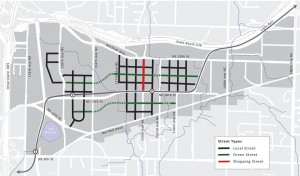
Last Tuesday, Sound Transit held the final design open house for the Bel-Red segment of the East Link project. East Link is a light rail extension, which when open in 2023, will link Seattle with the Eastside cities of Mercer Island, Bellevue, and Redmond.
The first segment of East Link begins at International District Station and follows the alignment of I-90 from SODO to South Bellevue. Stations in the segment include Rainier Avenue, Mercer Island, and the South Bellevue Park and Ride. The middle segment continues from South Bellevue to Downtown Bellevue via Bellevue Way, 112th Ave NE, and a Downtown Bellevue tunnel. Only East Main Street and the Bellevue Transit Center will be served by this segment. The final segment is the Bel-Red corridor which connects Downtown Bellevue to Overlake in Redmond. Hospital Station, 120th Street Station, 130th Street Station (aka Bel-Red), Overlake Village, and Overlake Transit Center will be served by this segment.
Construction on the project is slated to begin next year. Sound Transit is in the process of developing the final designs for stations and right-of-way alignment. Bel-Red was the first of all stations to have reached 90% design completion. South Bellevue, East Main, and Downtown Bellevue are next up to complete this milestone.
The design for 120th Street Station, in the heart of the new Spring District neighborhood, has been put on hold while Sound Transit searches for a contractor. The open house focused on the 130th Street Station and the track around it.

Image: Art rendering of the platform railings and wave shadows.
A highlight from the open house were plans for station art. Patrick Marold, an artist from Denver, has been hired to develop art for the 130th Street Station. His pieces will consist of an offset in the station railing, which cast a shadow onto the platform. These offsets will change for every railing due to the height and sunlight position to create waves on the platform. Another interesting art feature will be located at the 130th Street and 132nd Street light rail crossings. Intersection pavement will be either painted black or red, as defined in the Bel-Red urban design criteria.
The station will be lighted with indirect lighting to prevent shadows and darker spots, similar to the Metrorail subway stations in DC. The hope is that lighting will discourage anti-social behavior. Station naming was also discussed. The top two station names from previous open houses were “Bel-Red” and “130th Street”. A decision has yet to be made, but it will be determined in the following months.

Image: View of the bike facilities at the east end of the station.
130th Street Station is set to be both a commuter station and a catalyst for development. To supplement this, bike parking, a kiss-and-ride, and park-and-ride parking stalls will be provided. 300 stalls for surfacing parking will be constructed, which could be converted to mixed-use development at a later date. Three types of bike parking will be provided, including racks, lockers, and a pass-accessed cage. The station is also set to be home to major mixed-use development, much in the same way as the Spring District just to the west. Located in the median of the future Spring Boulevard, the station will only be bordered by the park-and-ride on the north side, leaving the south side for development.
The City of Bellevue has already rezoned the area surrounding the 130th Street Station for denser development, which includes density minimum regulations. (A feat for Bellevue planning given the city council’s politics.) Bellevue has a vision to transform Bel-Red from a light industrial neighborhood to a dynamic, dense, and liveable neighbohood. Light rail will be key to the new neighborhood, but a number of new streets will supplement this. These will be constructed over the next few years to restore the grid block-by-block. Blocks will be people-oriented blocks as opposed to the superblocks found in Downtown Bellevue.
Many of the streets will feature multi-use paths and buffered bike lanes (much like on Seattle’s Dexter Avenue) on Spring Boulevard from the 130th Street Station to Northup Way/NE 20th. Bellevue is also exploring the possibility of separating bike lanes from automobile traffic by using plastic bollards or a similar treatment. However, the City staff do have concerns about how such devices could interfere with street sweeping. Staff said that they would look into how this could be remedied by working with Seattle, which uses similar devices.

Image: Bel-Red grid repair plan. 130th St Station is the “T” at the farthest right along the light rail line.
130th Street NE north of the station will be turned into a neighborhood commercial street with on-street parking, a rare design for Bellevue streets (exceptions being blocks of Main Street west of Bellevue Way). Most of the streets around the 130th Station will be bidirectional with one lane each way, a design that limits speeding and the use of those streets as arterials. For the neighborhood, this is a great way to keep the streets safe and comfortable for pedestrians and cyclists alike while inviting people patronize and enjoy the area.
Guy is a high school student in Bellevue with a strong desire to become an urban planner. Before moving to Bellevue, he grew up in the Paris metropolitan area where he fell in love with and learned from some of the best rail systems in Europe. Translating his experiences from abroad to Seattle, Guy is now passionate about improving this region's public transit (especially marine-based transportation) and cycling infrastructure. Aside from the technical side of things, Guy also enjoys photography and music.


